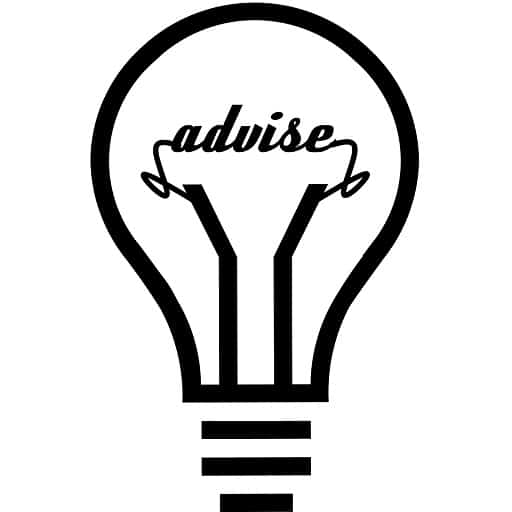Dimmer switches are a popular choice for creating the perfect ambiance in a room by allowing you to adjust the brightness of your lightbulbs. However, it’s important to understand that dimmer switches can generate heat, which can be a cause for concern if not properly managed. In this article, we will delve into the reasons behind dimmer switches getting hot and discuss potential solutions to ensure the safe and efficient operation of your lighting system.
Why do Switches Get Warm?
Dimmer switches utilize semiconductor technology to control the current going into your lights, which leads to the generation of heat. Metal heat-sinks are used to dissipate this heat effectively. While it is normal for dimmer switches to feel slightly warm, excessive heat can be a sign of an overloaded circuit.
Factors Contributing to Excessive Heat:
Exceeding the wattage rating of a dimmer switch can result in heat build-up and potentially lead to various issues such as bursting bulbs, burnout of the dimmer switch, and frequent bulb replacements. Additionally, power surges can also impact heavily loaded dimmers.
Is it dangerous if Dimmer Switches Get Hot?
The Dimmer Switch may burnout
When the total wattage of connected bulbs surpasses the wattage rating of the dimmer switch, the switch may burn out prematurely. This can leave you with a non-functional switch, requiring replacement.
Light Bulbs may get damaged
An overloaded circuit can generate excessive heat, damaging the filament within light bulbs and causing frequent burnouts. It is crucial to ensure that the wattage rating of your dimmer switch matches or exceeds the combined wattage of your light bulbs.
Extremely Hot dimmer switches may cause a fire
An overloaded dimmer switch can reach internal temperatures of up to 90°C, which is potentially hazardous. Excessive heat can cause the plastic mounting on your wall to melt, compromising the integrity of your circuit and posing a fire risk. Any indication of burning or singed plastic should be addressed immediately.
How to prevent dimmer switches from getting hot?
Wattage Rating and Load Management
To prevent overheating, it is vital to ensure that the wattage rating of your dimmer switch is higher than the combined wattage of the light bulbs it controls. Upgrading to a dimmer switch with a higher wattage rating or replacing incandescent bulbs with energy-efficient LEDs can help reduce the load on the switch.
Proper Circuit Design and Installation
Avoid improper wiring or circuit installations, as these can generate excess heat. If necessary, seek the assistance of a professional electrician to ensure the safe operation of your dimmer switch and lighting system.
Conclusion
While a warm dimmer switch is typically normal, a switch that becomes excessively hot requires attention. Understanding the causes behind dimmer switch heat generation and implementing appropriate solutions can prevent damage to your lighting system, reduce the risk of fire, and ensure a safe and enjoyable ambiance in your home. By aligning the wattage rating with your bulb requirements and following proper installation practices, you can optimize the performance and longevity of your dimmer switch.
We hope this article has provided valuable insights into why dimmer switches get hot and how to address any issues that may arise. Reach out to us with your experiences or any additional tips you may have!

